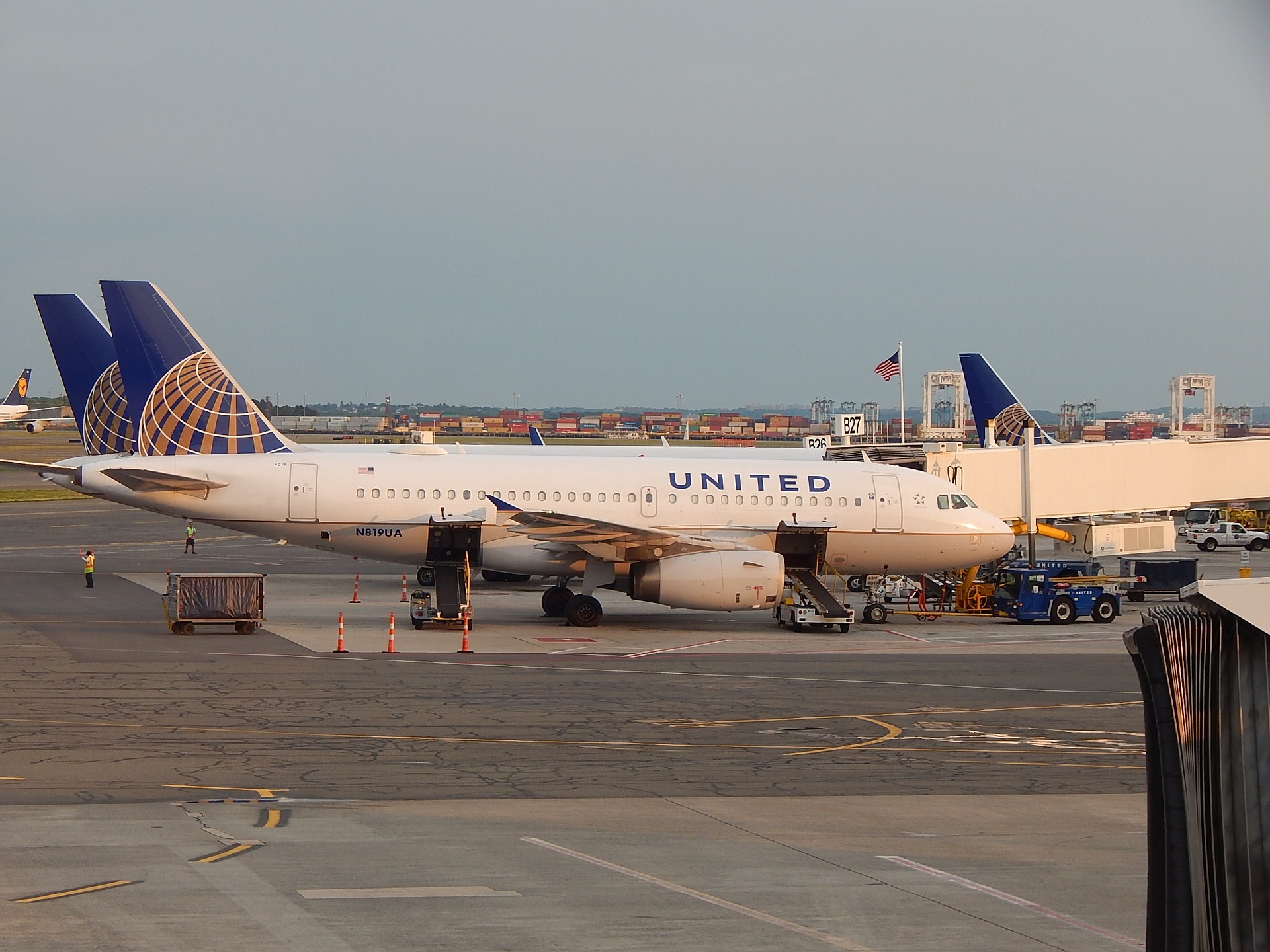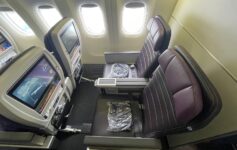United Airlines will increase capacity 4 to 6% each year, thru 2020. Is this a wise strategy or a fool’s errand that will inevitably trigger a price war?
We know what the market thinks. In response to the capacity increase news, United shares tumbled more than 11% yesterday.
But I take a much more optimistic look at the news. United President Scott Kirby makes two primary arguments to justify his capacity increase:
- United cut drastically in the post-merger years and is still suffering from that. Thus, this capacity increase is necessary to catch up to its competition and restore the profitability of its hub and spoke model.
- With so many fixed costs (gates, aircraft, labor, etc), the marginal costs of running additional flights is limited.
View from the Wing nice analyzes the economics of Scott Kirby’s message in more detail.
I’m not convinced that American and Delta will respond with matching capacity increases. Those airlines are indeed at a different economic vantage point and are not facing the sort of pressures United is facing. For example, Kirby notes that 80% of premium traffic from its hubs originates at that hub.
That doesn’t say much for a hub and spoke model…and who can blame passengers for avoiding United because they hate cramped regional jets? Don’t expect many new routes (though United just announced eight). Instead, look for larger aircraft on more routes.
For consumers, this news is very positive. Not only will travelers see better aircraft, but they may see better prices as United will indeed be offering more seats during a period of lower demand with the goal to win long-term business.
Kirby’s fixed-cost argument makes sense to me. If indeed true, why not increase capacity? It just makes sense, especially as United must better incentivize customers to connect through its hubs rather than those of AA or Delta.
CONCLUSION
I won’t dispute that Kirby’s plan is hardly unique and has historically backfired for the airlines that have tried it. But I do think there are unique circumstances at United that justify it. In the meantime, look forward to fewer regional jets and more mainline flights.





increasing capacity generally means stretching your fleet to create that growth since airplanes don’t grow on trees. There will be inevitable operational issues as part of the growing pains that they will need to overcome. I’d imagine you will see them employ a similar strategy to AA around closing flights on time/early while not processing standby or upgrade lists correctly.
@Mark : that’s hardly a concern I see at UA these days. I was flying a 169-seat 752 on a domestic flight last friday, left lounge early and arrived the gate approx 31 mins before scheduled flight time … and the agents have pretty much finished all boarding already, and no observable cluster around the agent’s desk waiting for them to process upgrades / standbys / IRROPS etc.
In that sense, I’m glad UA doesn’t have unreasonably close check-in cutoff times at major airports. That itself ties the gate agents’ hands in terms of when they can actually start processing stuff.
I believe that the recent years of declining prices (both at legacy carriers and as introduced by LCCs and ULCCs) have shown that there previously existed huge untapped demand for air travel. United’s success on their expansion will depend solely on their ability to keep prices low.